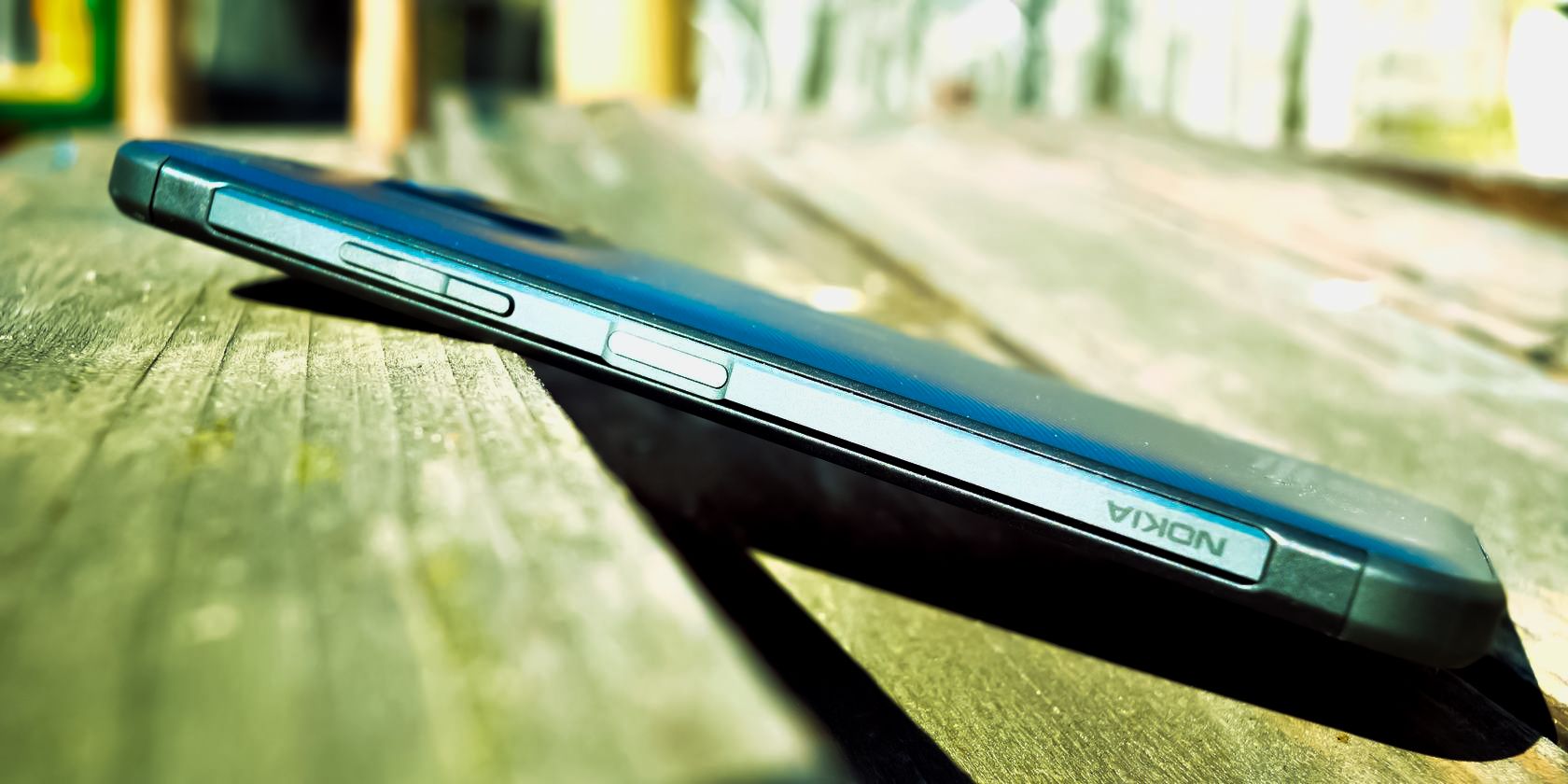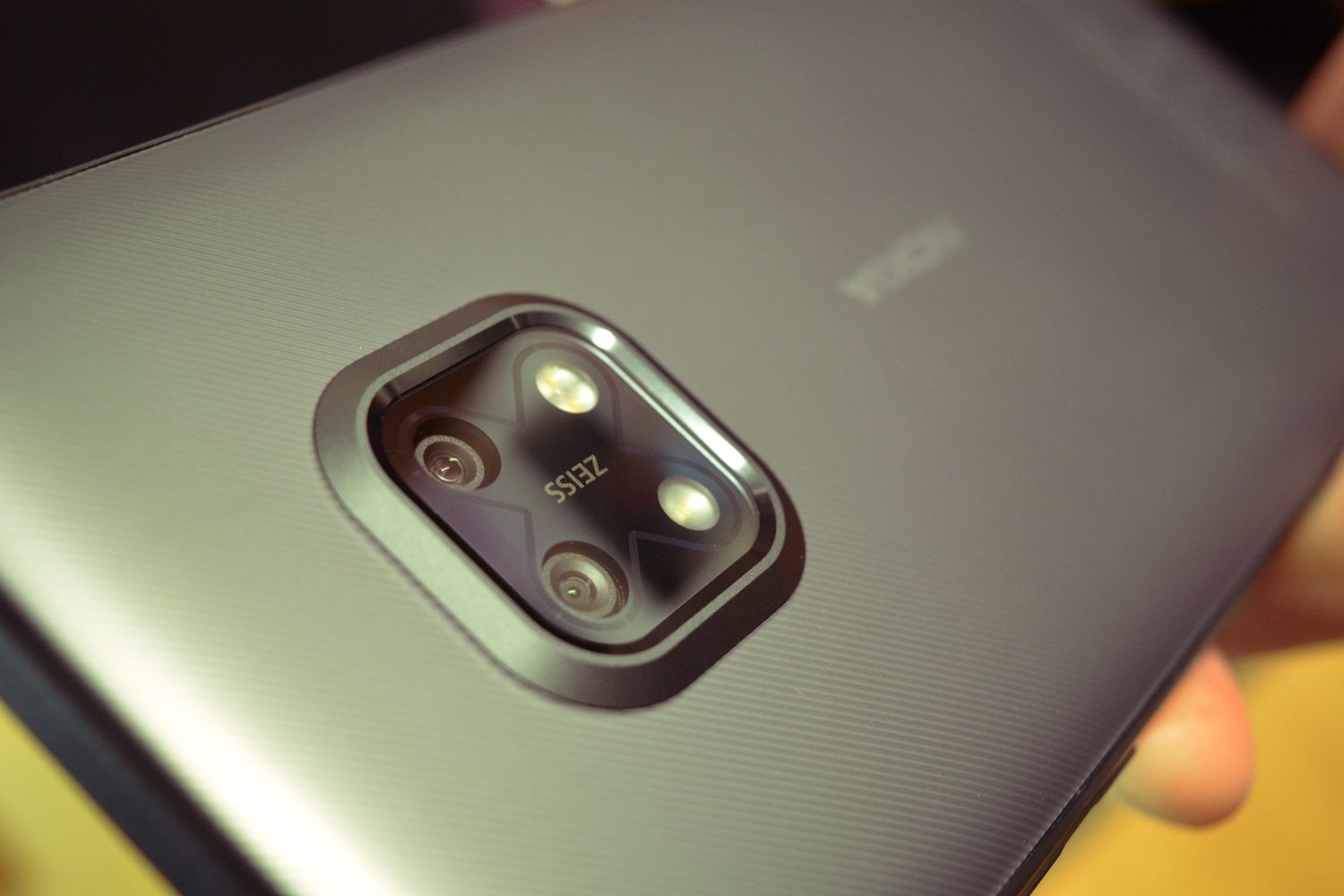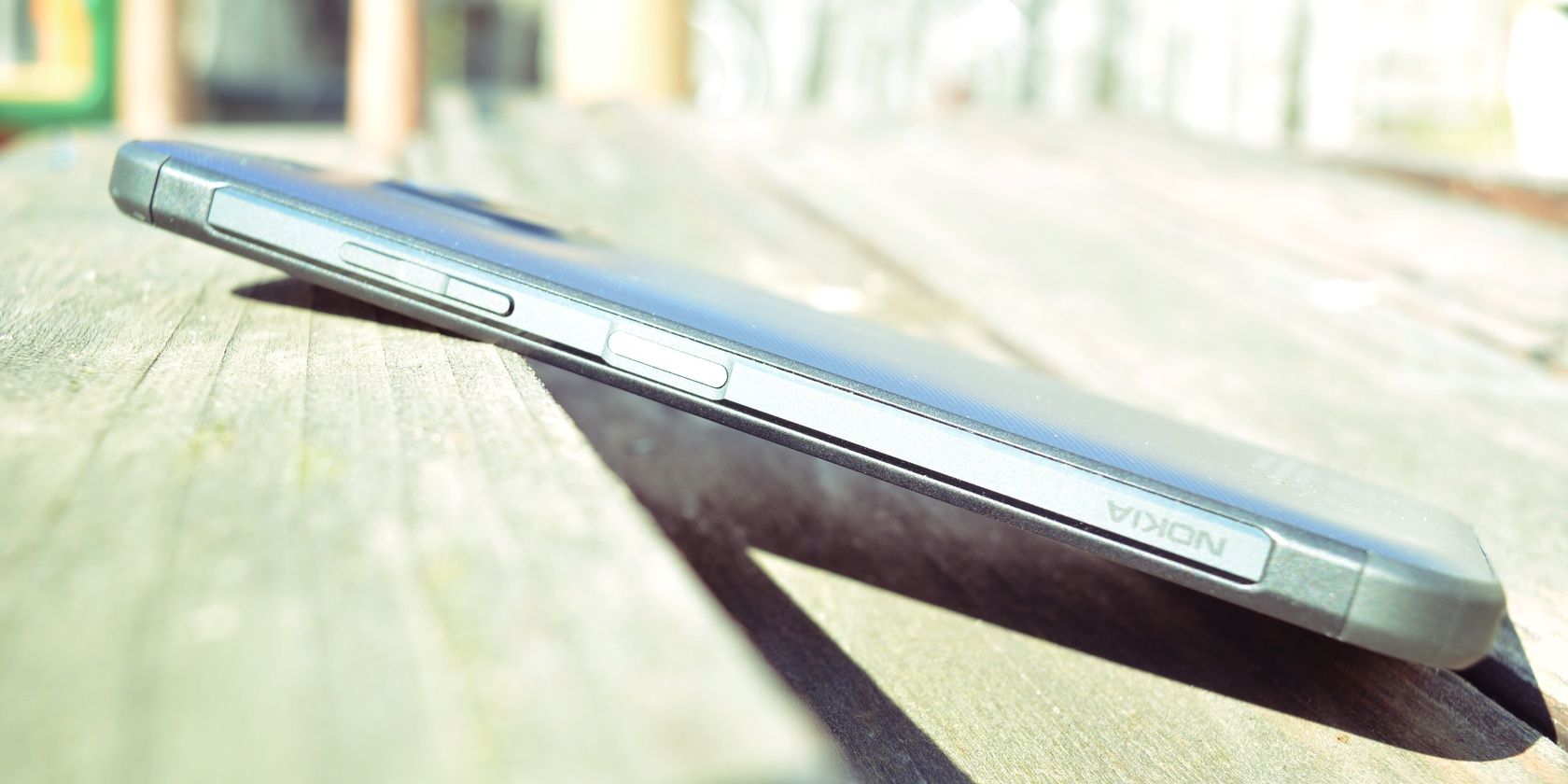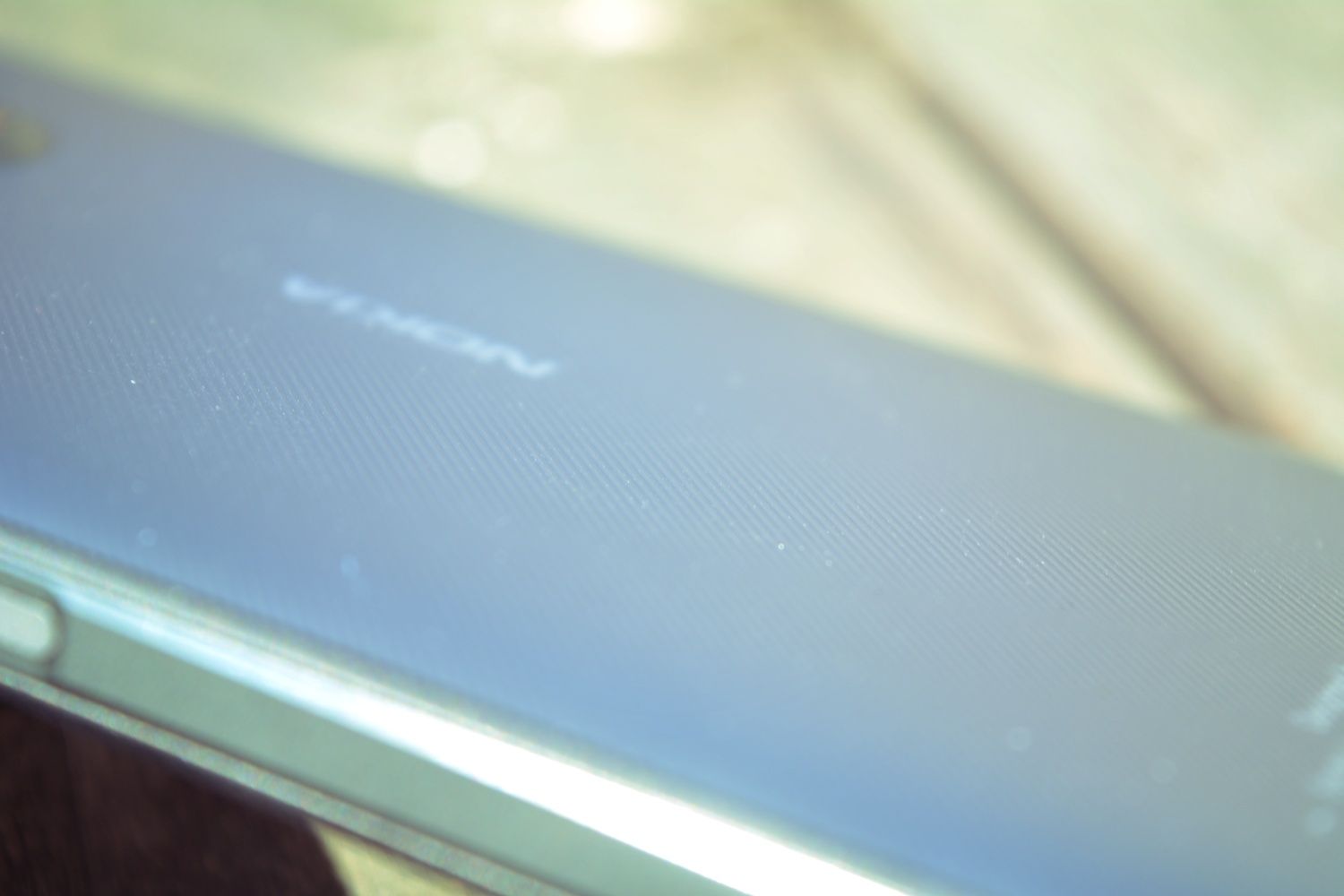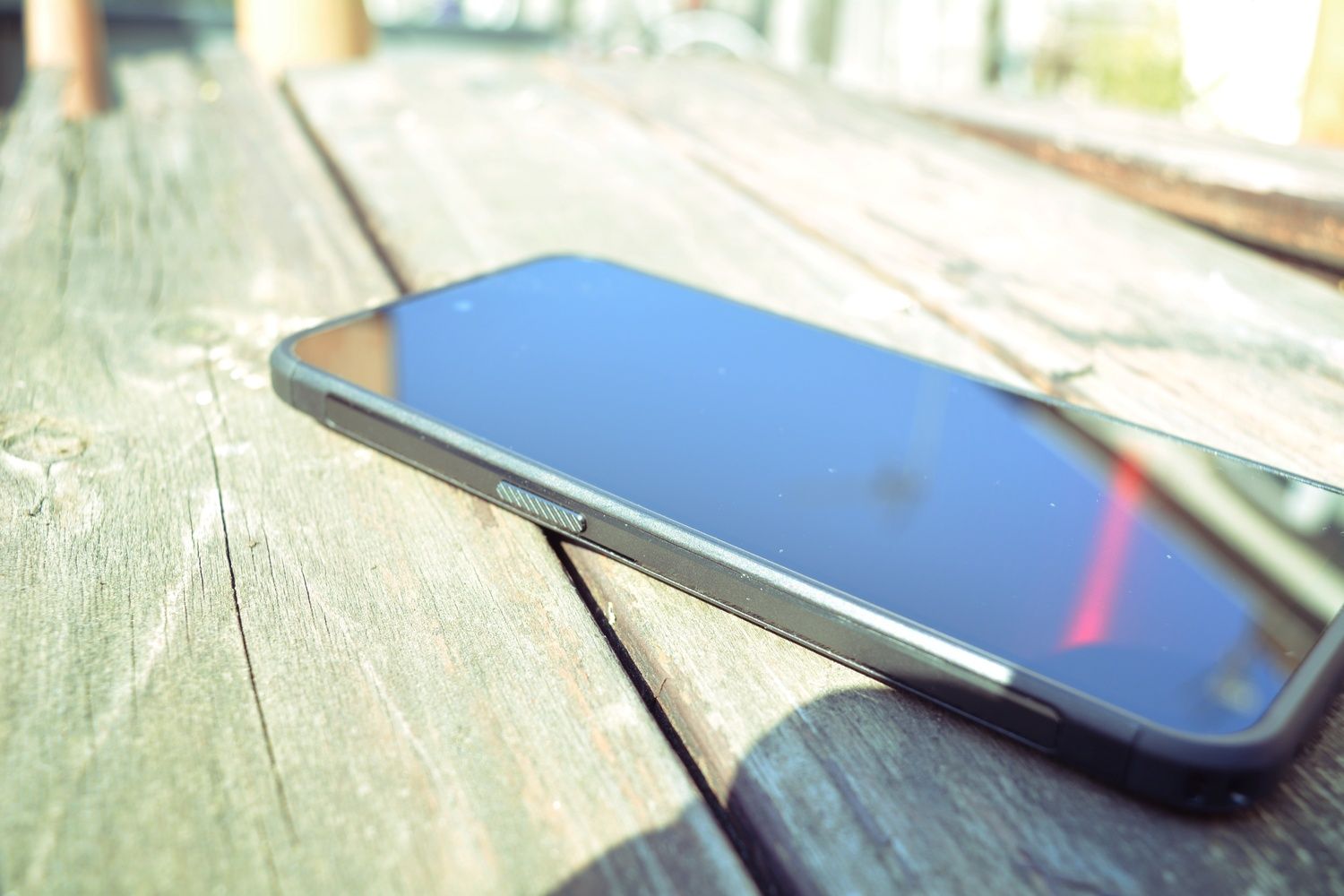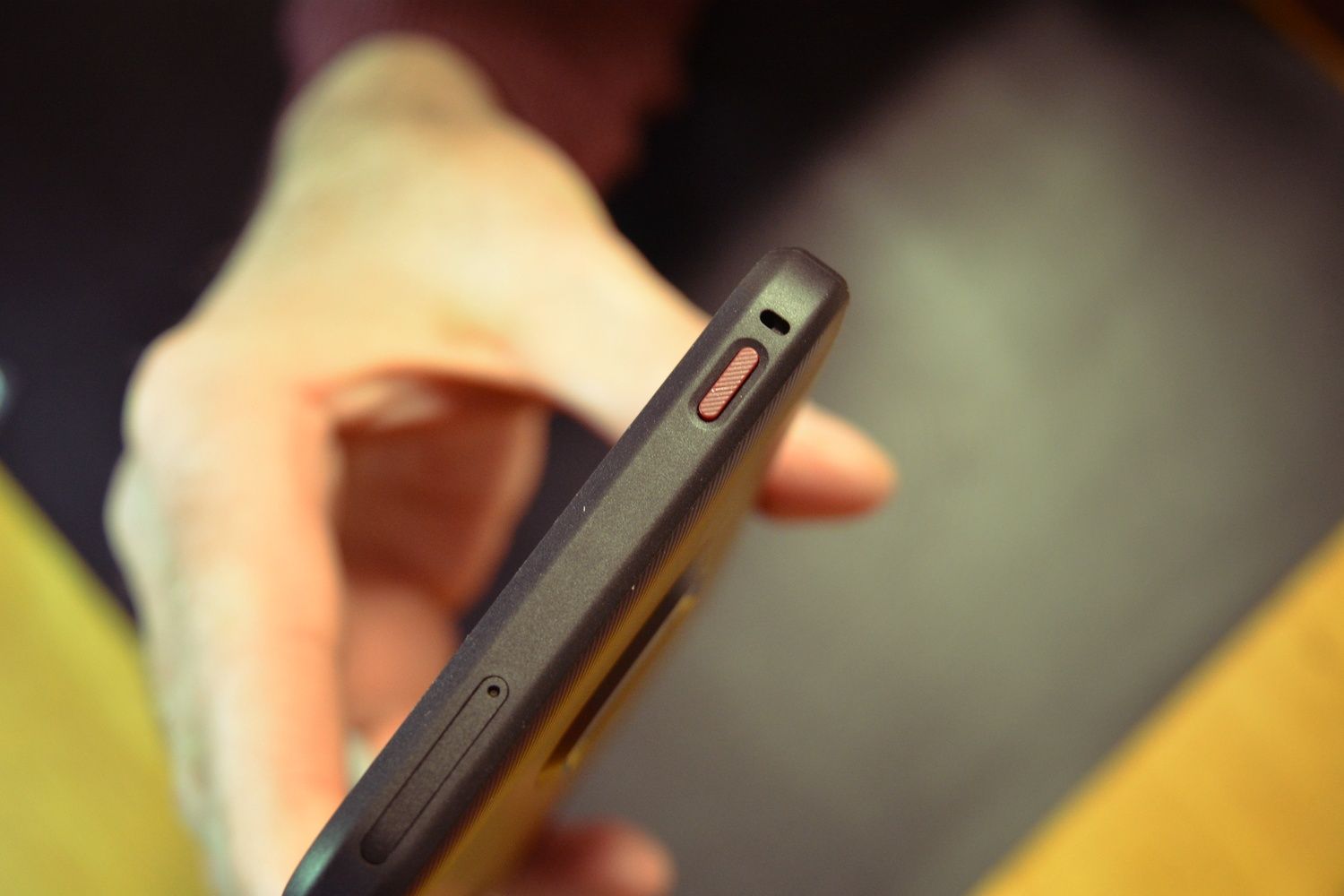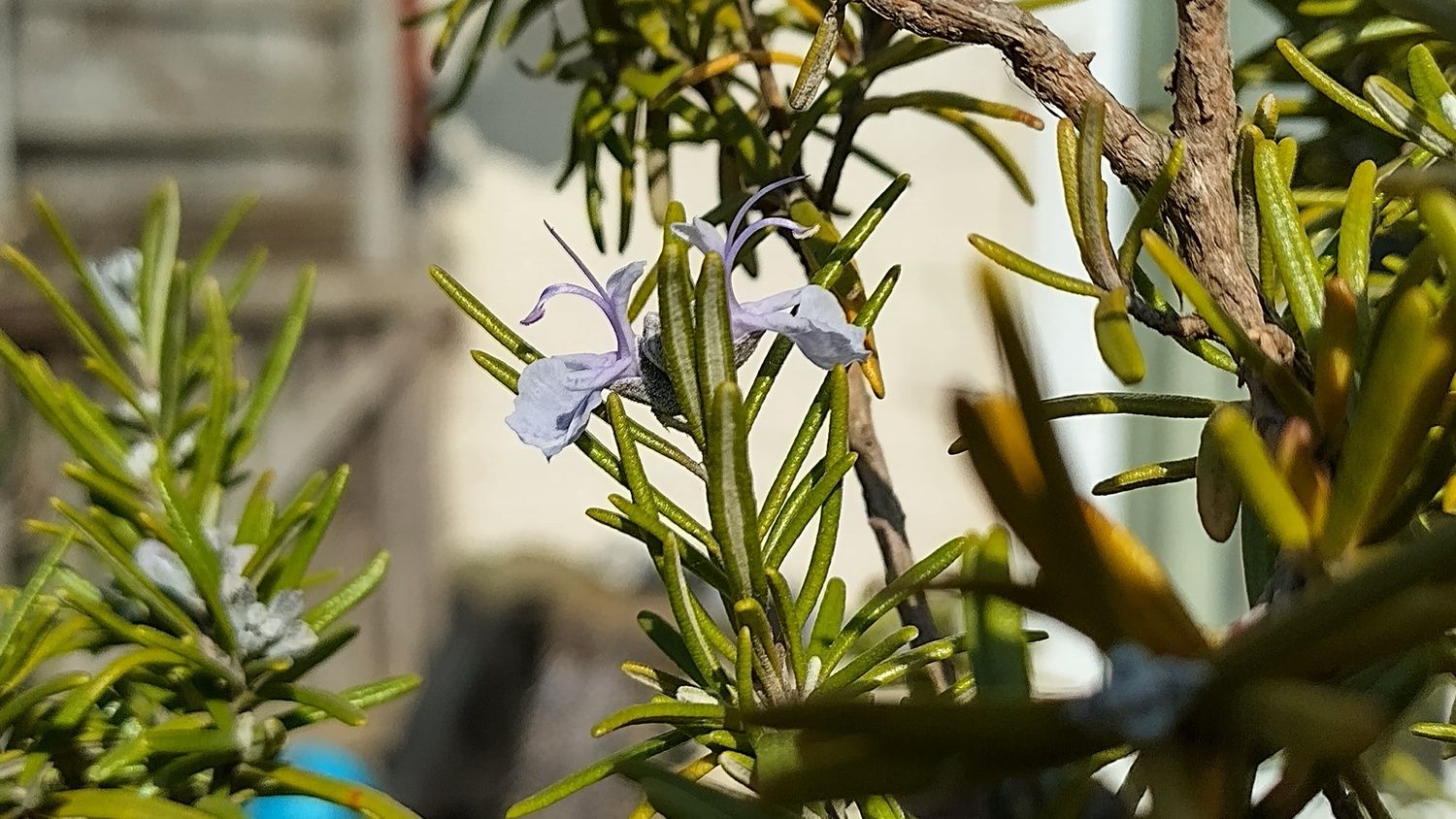Nokia XR20
This is a nice, affordable phone, designed to reduce the likelihood of physical damage, and as such ideal for most people. While it benchmarks according to the price range, the camera and the Android One "stock" experience make the Nokia XR20 a phone worth having if it's the limit of your budget.
- Brand: Nokia
- SoC: Qualcomm Snapdragon 480 5G Mobile Platform
- Display: 6.67-inch, 1080x2400 FHD+
- RAM: 6GB
- Storage: 128GB
- Battery: 4630mAh
- Ports: USB-C, 3.5mm headphone
- Operating System: Android 11
- Camera (Rear, Front): 48MP, 8MP
- Connectivity: Wi-Fi 6, Bluetooth 5.1, NFC
- Dimensions: 171.64x81.5x10.64mm
- Colors: Granite or Ultra Blue
- Display type: IPS
- Weight: 248g
- Surprisingly light for a rugged phone
- Fast, lag-free user interface
- Excellent rear camera
- Easy to hold despite "phablet" dimensions
- Ruggedization features make it bulky
- Can't use dual SIMs with a microSD card
- Google Assistant button easy to accidentally press
- No video out over USB-C
So-called flagship smartphones are ridiculously expensive, commanding the sort of price you might expect to pay for a computer or game console. You might think that your only option is generic Chinese phones, but there is an alternative: Nokia. The European mobile phone maker has recently re-entered the market, issuing several Android-based phones like the Nokia XR20, which are intended to challenge the dominance of various smartphone giants.
Better still, the Nokia XR20 has rugged qualities, meaning that you can expect it to last a bit longer than a device costing twice as much. But is it any good as a daily driver?
Yes, It’s Actually a Nokia
Aside from a few novelty retro-inspired “dumb phone” releases a couple of years ago, it’s likely you haven’t thought about Nokia for a few years.
After the disaster of its Microsoft ownership and Windows Phone/Windows 10 Mobile, Nokia is now owned by HMD Global, based in Finland, just like the Nokia of old.
These days, Nokia phones run Android, and this device is preinstalled with Android 11, with Nokia promising three years of upgrades and four years of security updates. The Nokia XR20 ships in a standard Nokia box—the design of this has barely changed since the days of the Windows Phone Lumia handsets—along with a “Get Started” guide and a safety information leaflet. A USB cable is included (Type-C to Type-A) but no wall charger. A SIM ejector tool is also included.
Nokia XR20 Specs and Features
Available in “Granite” or “Ultra Blue” finishes, the XR20 has a 6.67-inch display with FHD+ resolution (1080x2400) and a 20:9 aspect ratio. You can use the phone with gloves or wet hands, while the display boosts to 550 nits in direct sunlight to aid viewing. The front-facing camera is mounted in a center punch hole at the top of the display.
To accommodate the display, the XR20 is 171.64mm long, 81.5mm wide, and 10.64mm deep. On the other hand, it weighs just 248g.
Bluetooth 5.1 is available for connecting the phone to headphones, car, etc., while a 3.5mm headphone port is found next to the USB Type-C (USB 3.0 5Gbps) with OTG port. Audio uses OZO Playback and Spatial Audio, while the phone has two mics and two speakers, the latter with a maximum 96dB.
The Nokia XR20 is Wi-Fi 6 ready, supports 2.4Ghz and 5Ghz bands, and has NFC support.
At the heart of the phone is a Qualcomm Snapdragon 480 5G Mobile Platform CPU. Along with 6GB of RAM, the phone has 128GB internal storage and support for up to 512GB microSD card. The phone accepts nano SIMs only.
As a 5G phone, the XR20 can connect to the fastest mobile network bands, along with 4G, 3G, and slower GSM, LTE, and CDMA bands. It has support for most internationally used bands, so you should remain connected wherever you are.
A non-removable 4630Mah battery with up to two days’ battery life powers the phone. 18W fast charging via USB is available, and 15W wireless Qi charging. All the standard sensors—accelerometer, ambient light, barometer, e-compass, gyroscope, and proximity—are included on the Nokia XR20.
You can also use Face Unlock, although you might prefer the power button/fingerprint sensor which is mounted on the right side along with volume up/down buttons. A programmable button is found on the top edge of the phone, while you'll find a Google Assistant button on the left side.
One thing to note if you’re wanting to connect the device to a TV using HDMI: while the USB Type-C port is listed as USB 3.0, there doesn’t appear to be any video out available through it. As such, you’ll need to stick to wireless casting options.
ZEISS optics are included with the phone’s cameras, the details of which are examined further below. In addition, Nokia has given the XR20 has various ruggedization enhancements.
Ruggedization Features on a Nokia?
The chassis for the Nokia XR20 is ruggedized, intended to reduce damage from dropping. In most other ways, the phone is identical to the Nokia X20, a cheaper device without the 1.8-meter drop protection and ability to remain submerged for up to an hour in a maximum of 1.5 meters of water.
The hardware sits within a polymer composite frame with aluminum side panels and core, with a polymer composite on the rear of the phone that helps with grip. Unfortunately, this grip does attract dirt and dust. Meanwhile, the display is Corning Gorilla Glass Victus.
Nokia has made a commitment to more sustainable products. While replacing the battery in this phone is unlikely, the device is free of nickel on the surface, there is no PVC, and there are no brominated or chlorinated compounds or antimony trioxide. The intention of this is to reduce the use of harmful chemicals in the phone’s production, an aim that should be lauded.
What Do the Zeiss Lenses Bring to the Nokia XR20?
Nokia has a good recent history in providing good quality mobile cameras on its hardware. This phone features a main 48MP rear camera and a secondary 13MP rear camera with an ultra-wide 123-degree field of view lens. Dual-tone LED and single LED flash are mounted with the rear lenses.
Meanwhile, the front camera is 8MP, which is pretty much the standard.
All of this is supported with ZEISS optics, technology, and effects, all accessible via a camera app with action cam mode, night mode, cinema mode, beautification, panorama, and even watermark software.
But what does this all mean in practice?
In short, a decent camera that's capable of snapping in all conditions, including darkness and low light (above). Perhaps the most interesting thing is the cinematic mode, which records video at 24FPS, with various enhancements such as HDR, an editor for post-production gradients, and a pro mode for control over focus, ISO, shutter speed, exposure compensation, and white balance. It’s standard for current Android phones, but the implementation is a little different.
For day-to-day camera use, you can expect rich, realistic colors.
Benchmarking the Nokia XR20’s Performance
As a phone with a mid-range price point, gauging the available performance of the Nokia XR20 is a useful exercise in assessing its potential and providing a realistic comparison with more expensive models. PCMARK for Android is the best option here, with which we tested the Nokia XR20 using the Work 3.0 profile.
Work 3.0 Performance
Using this benchmarking profile, the PCMARK software ranked the Nokia XR20 with an average score of 7063.
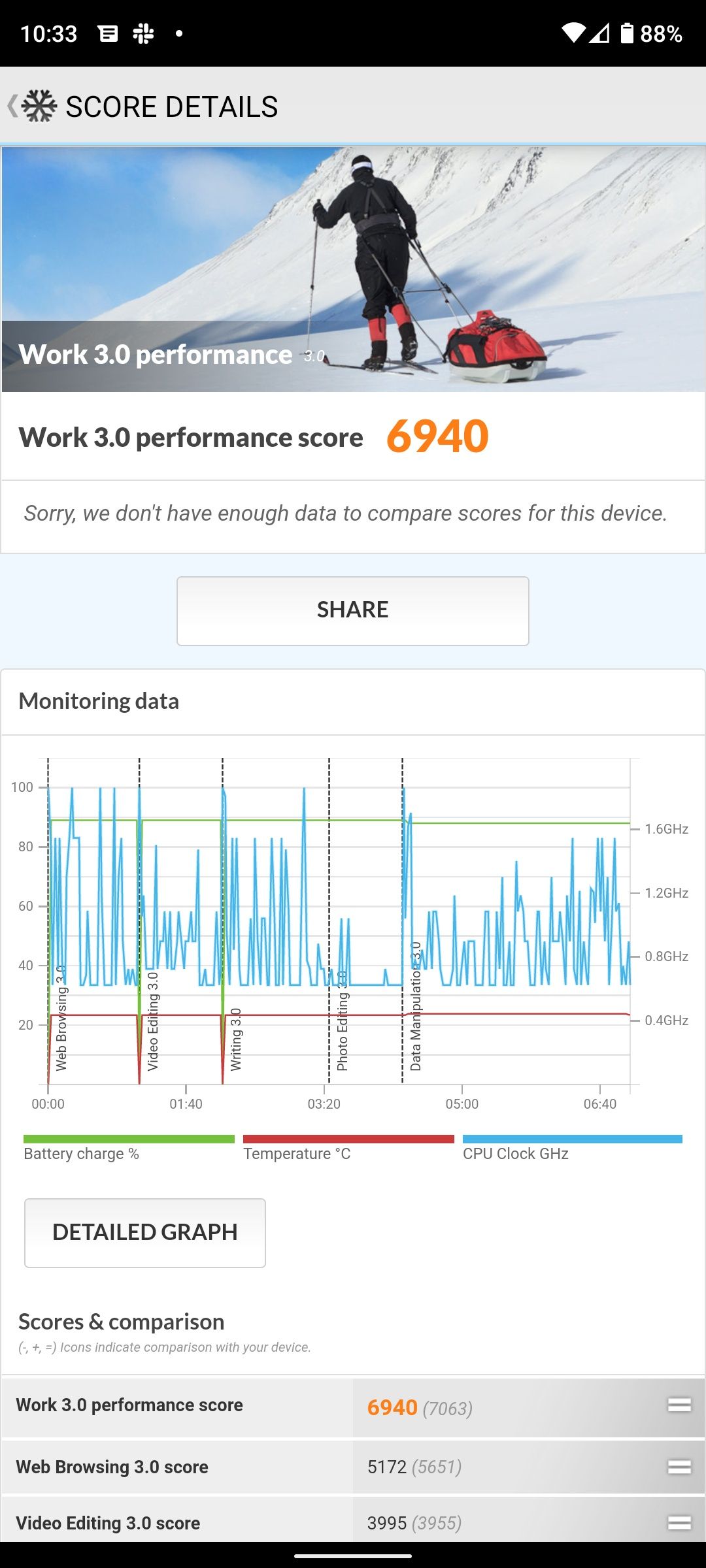
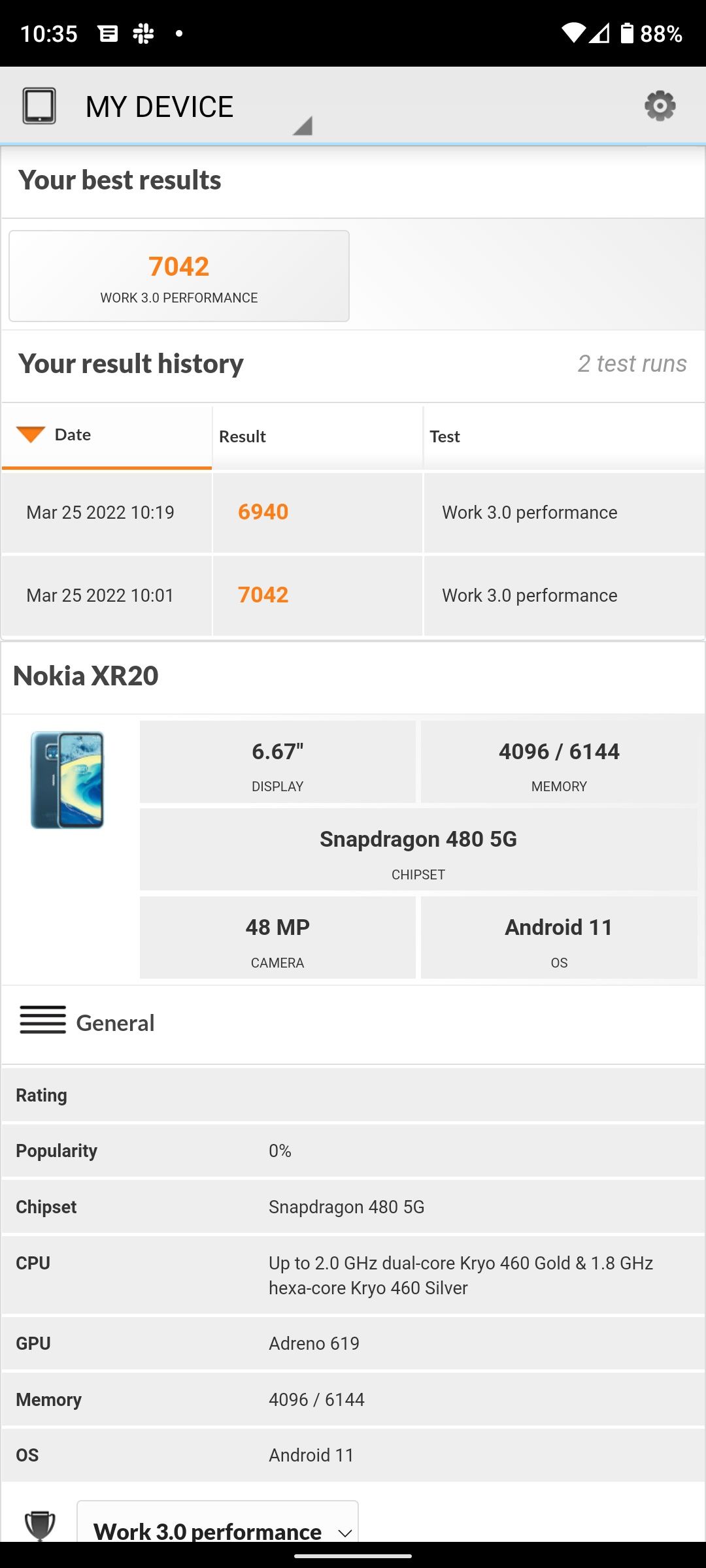
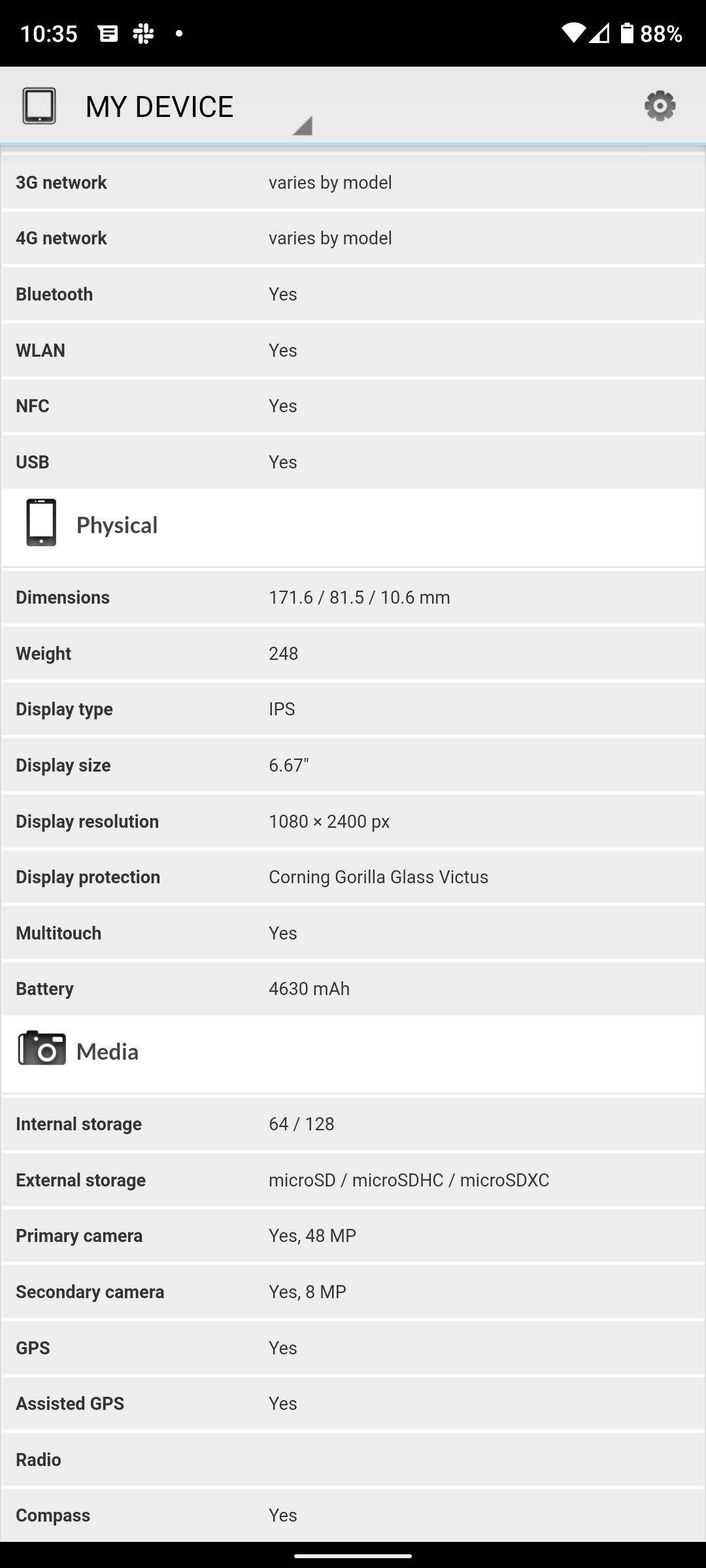
This puts the phone in the same ranking as devices like the Samsung Galaxy F42 5G, Samsung Galaxy S9+, and OnePlus Nord N200 5G.
It is by no means the best device available based on this benchmark. But does it really need to be faster?
Using the Nokia XR20 for Day-to-Day
Switching to a new phone is always tricky. There is the period of adjustment, which can vary depending on the device, but before you even get that far there is the whole fuss of migrating data from one device to another.
After the first challenge (as related above) of getting to grips with the size of the device, migrating data is surprisingly simple. The Nokia XR20 features the option of two SIM cards or one SIM plus microSD. My favored configuration is the second option, although with so much internal storage with the device this is probably unnecessary.
Following the setup of a backup from my previous phone, the Nokia XR20 was ready to use within an hour. Android-to-Android account syncs when upgrading to a new device have improved, but the process remains slower than that on iOS.
Your experience of the phone will differ from mine. The key observations from day-to-day use of the device over the course of a week are that it is easy to hold (thanks to the rugged grip), the screen is bright, the display glass smooth, and surprisingly powerful in direct sunlight. I've mostly recharged overnight with a Qi wireless charger, although one fast charge was attempted which doubled the available charge in about 45 minutes.
Beyond this, the stripped-back Android One environment is preferable to that found on Samsung Galaxy Sx devices and other premium Android devices. It’s Android as it was intended to be, similar to the Google Pixel phones.
The phone's buttons are responsive, although the Assistant button is prone to accidental presses, and the thumbprint reader a little temperamental, although that seems to be common across all phones (or perhaps it’s my thumb that is the problem…).
In short, you shouldn’t find anything about this phone that should trigger any form of buyer’s remorse. For the price, this is as good as Android gets—unless you’re buying a Pixel, that is.
The Nokia XR20 Is Rugged, But Nice
Manufacturers developing ruggedized phones have fallen into a trap of creating something that looks military. Nokia has avoided this, adding nothing more than slightly thicker corners and a useful texture grip on the back of the XR20. But this is a big phone, following an industry trend towards suitability for the Goliath-handed among us at the expense of all other practical concerns. One possible consequence is that it could be slightly too large to use with a gimbal. My Hohem iSteady V2 struggles to maintain a consistent grip on the Nokia XR20. This is in part due to the width of the phone, as well as the depth.
While the camera is good, this is not a fast phone, with performance far below the latest Samsung and Sony phones. However, it has a price to match that reduced performance and remains faster than any of the phones I’ve used recently. However, it is difficult to see what benefit other high-priced devices deliver beyond top-end video production. Consequently, a phone like the Nokia XR20 is ideal, not just as your main phone, but as a secondary device if you’re heading to a location where your top-end phone is at risk of damage, but you want a smartphone with a good quality camera.

